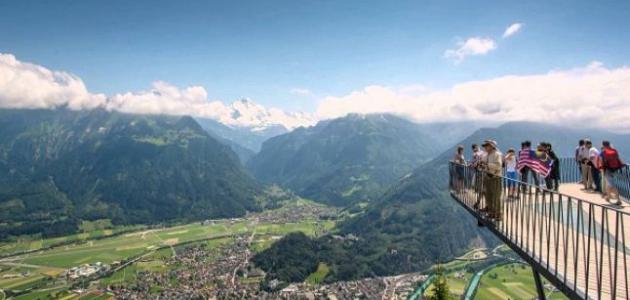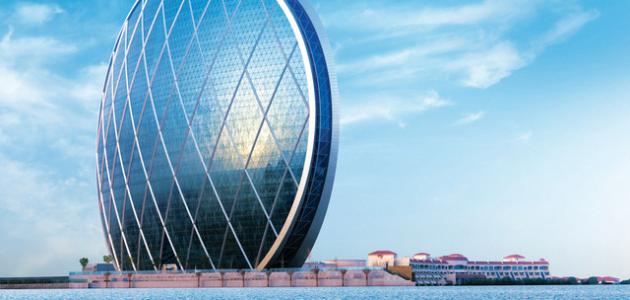Table of Contents
Pisa tower
The Tower of Pisa is considered one of the most famous landmarks for tourists in Italy, and the reason for its popularity is due to its inclination from the natural level as a result of the deepening of its foundations in the soil, which caused its tilt by 5.5 degrees, after which many of the foundation correction operations are performed, To decrease the degree of inclination, eventually reaching below four degrees. The Tower of Pisa was built in the Middle Ages as the third building of the city’s cathedral, with a height of 56 meters, and after the completion of the construction of the first three floors of it, the inclination resulting from the planting of its foundations in the soil became clear, but some political factors at that time had a role in not completing the construction A century, which contributed to the stability of its foundations and prevent its collapse.
The reason for building the Leaning Tower
The main reason for building the italyn Tower of Pisa is due to the attraction of visitors to the cathedral in the city of Pisa, and was designed as a bell tower, with foundations of three meters in thickness instilled in unstable soils, but the ongoing outbreak of wars led to the suspension of construction for several years, which contributed to the continuation of the land drop, Then the tower was tilted in the opposite direction through the extra weight resulting from the increased height of the upper floors on one side of the tower.
The construction stages of the Leaning Tower
The construction of the Leaning Tower began on August 9, 1173 A.D., and then stopped after the completion of a quarter of the building in 1178 A.D., for unknown reasons, then the tilt of the tower increased to the north by 0.2 degrees, and in 1278 CE construction continued to reach the seventh floor as its orientation changed to the south By 0.6 degrees, then construction was stopped for military reasons for a period of 90 years, during which the tilt of the tower increased to about 1.6 degrees, and the bell room was completed above the tower in 1370 AD, and the builders tried to correct the tilt of the tower by changing the direction of the axis, and in 1817 AD the architects Chrissy and Taylor Cressy and Taylor in English C was increased by 5 degrees, as the French Rolette de Fleury (in English: Ruhault de Fleury) in 1859 confirmed that the excavations carried out by Jrardesca (in English: Gherardesca) increased Malanh to 5.5 degrees. The construction stages that the tower went through can be summarized as follows:
the year
Stage
1173 AD – 1178 A.D.
Building the foundations and first floors, and the height of the tower during that stage reached 29 meters.
1178 AD – 1272 AD
Construction stopped for 94 years.
1272 AD – 1278 CE
The construction of the following four floors is completed, and the height of the tower during that phase reached 51 meters.
1278 AD – 1360 AD
He stopped construction operations for 82 years.
1360 AD – 1370 CE
The completion of the construction of the tower with the bell room, and the height of the tower during that stage reached 58 meters
1838 AD – 1839 A.D.
Building a corridor around the tower building called Catino, and laying a layer of conglomerate rock 80 cm thick.
1934 AD
Make the floor of the casino corridor and the foundations of the tower building impermeable to water.
May 1993
Create a pre-stressed concrete ring with weight around the base of the tower.
The month of July 1993
A heavy weight of 600 tons was placed on the north side of the base
The concrete to balance the tilt of the tower, which reached 5.5 degrees, and the process was carried out in four stages.
The month of January 1994
He placed the last weight of the weights of the first stage of the tower tilt, which was made of lead alloy.
1995 AD
Freeze the ground, place the pegs.
1999 AD
Starting drilling and extracting soil from the northern part under the tower building.
2000 CE-2001 CE
Begin the final drilling and soil extraction.
2002 m
Construction of a water drainage system on the north side of the tower.
Pisa tower installations
Many suggestions were made to amend the tilt of the tower, one of which was to completely dismantle the tower and rebuild it again in another location, but internationally accepted treaties to preserve valuable historical monuments indicate the necessity of preserving the original structure of the landmark, to retain its history and beauty, and therefore should not interfere in any way on The tower and work to restore it only without prejudice to its construction and structure, it is worth noting that in the year 1990 AD the Pisa Tower was closed to the public, and two methods were used to reduce the tower’s tilt to the south by 10%, the first was the bottom drilling of the foundations, and the second was the use of a drainage system to control In the groundwater level below the northern part of the tower, where pressure measurements below the northern part indicate that the groundwater level has been proven, and thus it was possible to reopen it again in 2001.
Attempts to maintain the Leaning Tower
The Leaning Tower was threatened with collapse since its construction began, as it was planned to build eight floors of the tower, but when the builders reached the third floor, the tower began to incline as a result of the uneven landing of its base in the clay and sandy soil, and to reduce this the builders tried to make the columns and arches of the third floor taller than The north side, as they directed the bell room of the eighth floor to the north, until the construction of the tower was completely completed, and it turned out later that the top of the tower tilts at a rate of 1.2 mm per year, so the engineers tried to prevent the tower from tilting by protecting its foundations from the surrounding waters With it, they made oblique pits in the foundations and filled them with a cement mixture, but this exacerbated the problem as the rate of tower tilt significantly increased, and despite numerous attempts to stop the tilt of the tower by strengthening and strengthening it, in addition to the extensive studies that were conducted to correct the situation, but all of them were unsuccessful, where Milan reached the final structure to 5.5 degrees, not to mention the collapse of the bell tower in 1989.








